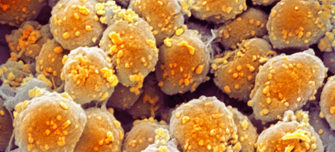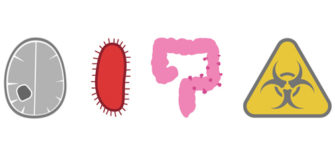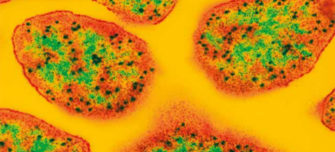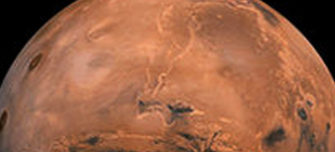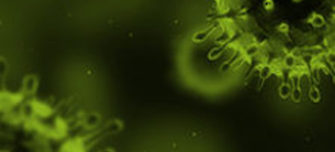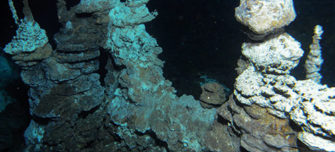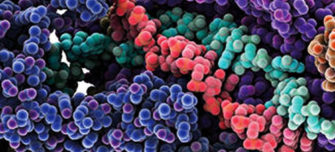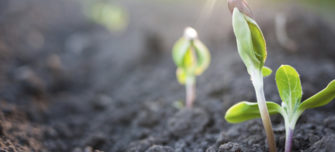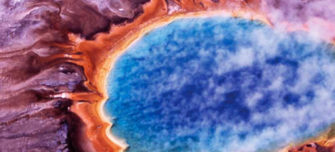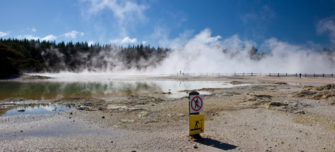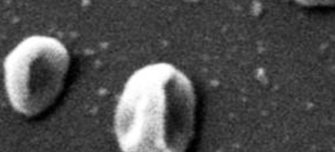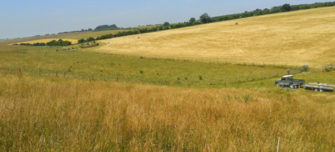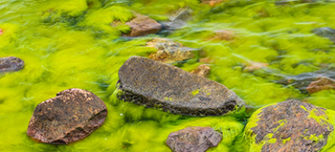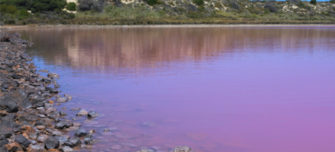Resources and further reading
-
What is archaea?
Discover more about archaea, which can be spherical, rod, spiral, lobed, rectangular or irregular in shape. An unusual flat, square-shaped species that lives in salty pools has also been discovered. Some exist as single cells, others form filaments or clusters.
-
Why don’t archaea cause disease?
Are there really no archaeal pathogens? And if not, why not? Dr James Chong explores these questions in a film and article for Microbiology Today.
-
Microbiology Today: Archaea
From extreme temperatures and highly acidic conditions to the insides of volcanoes and the depths of the ocean, a diverse group of microbes called archaea thrive in many places that most life can't survive. This issue of Microbiology Today highlights the importance of archaea and our current understanding of them.
-
Microbiology Today: Real superheroes
In this issue of Microbiology Today, we learn about the immortal halophilic superhero, Halobacterium salinarum, and why it is important to understand how different species of halophile interact.
-
Microbiology Today: Systematics
Learn more about the trails of evolution and how some archaea, turn out to avidly indulge in between-strain homologous recombination.
-
New Frontiers in Microbiology Journal Collection
The ‘New Frontiers in Microbiology’ collection brings together articles on the ever-growing tree of life and synthetic biology.
-
New frontiers in microbiology
As we have progressed through the 21st century, we have expanded and developed our understanding of how microbes are related to and interact with each other. This section of Microbiology Today considers the ever-growing tree of life, how we can study complex microbial communities to gain new insights and the possibility of discovering life on other planets.
-
Keeping up with virus taxonomy: viruses that infect other microbes
Continuing the ‘Keeping up with virus taxonomy’ blog series, in this post we look at the viruses that infect fungi, bacteria and archaea.
-
The symbiosis that changed the world
This article featured in Microbiology Today discusses how a new group of archaea was discovered in deep-sea floor sediments of the Mid-Atlantic Ridge, and how future studies, which focus on elucidating the cell biology and physiology of our closest prokaryotic relatives, could reveal how complex eukaryotic cells evolved from much simpler archaeal cells.
-
Genome segregation in heat-loving archaea
Archaea are remarkable objects of investigation due to their exquisitely distinctive biological properties and macromolecules. In this Microbiology Today article, we explore how the fundamental process of genome segregation remains a terra still vastly incognita in this branch on the sprawling tree of life.
-
Archaea and CRISPR biology
The CRISPR-Cas system is an adaptive immune system encoded in prokaryotes to defend against invasion of foreign genetic elements. Archaeal organisms provide unique resources for investigations, to uncover the diversity and complexity of the immune system as this article in Microbiology Today explains.
-
Archaea and the nitrogen cycle
The ability of some archaea to contribute to nitrogen cycling processes has been known for many decades and, in this article in Microbiology Today, we explore how archaea perform nitrogen transformation and have solved several long-established mysteries with regard to nitrogen cycling in the world’s oceans and soils.
-
Changing views on the tree of life
Although the three-domains tree of life has dominated debate about how to organise life’s diversity at the highest level for the past 20 years or so, there is now increasing evidence that it is not the best-supported hypothesis for the evolutionary relationship between eukaryotes and archaea.
-
Archaea and the Tree of Life
The third domain of life wasn’t even discovered until the 1970s. This mysterious group of organisms, archaea, remain one of the biggest puzzles in microbiology. Although superficially they look similar to bacteria, in evolutionary terms they couldn’t be more different.
-
Keeping up with virus taxonomy
In this blog post, we look at the viruses that infect archaea that thrive in some of the most hostile environments on Earth, viruses that keep crop pest populations under control and a virus that has been linked to cancer in raccoons.
-
Nitrososphaera viennensis: a new species, genus, family, order and class of soil-dwelling archaea
Discover how a team of Viennese researchers isolated a new species of archaea, named Nitrososphaera viennensis, which is the first known member of not just a new genus, family, or even order – it belongs to a whole new class of archaea.
-
U-GRASS: Microbial indicators for soil sustainability
This case study is written by Dr Robert Griffiths, who is a Molecular Microbial Ecologist at the UK Centre for Ecology & Hydrology. It focuses on how, as part of the Natural Environment Research Council (NERC) funded Soil Security Programme, the “U-GRASS” project has questioned how soil microbial communities and the functions they provide are affected by land management.
-
Could cyanobacteria be a promising solution for global issues?
Tharangika Bowange tells us more about her research project in Sri Lanka where she studied the commercial potential of cyanobacteria.
-
New to Science 2018
Each month, the Microbiology Society publishes the International Journal of Systematic and Evolutionary Microbiology (IJSEM), which details newly discovered species of bacteria, archaea, microfungi, microalgae and protists. Here are a few of the new species that have been discovered and the places they’ve been found.
-
New to Science 2015
This New to Science blog features the discovery of three new halophilic species – microbes that thrive in high salt concentrations. The first is the archaeon Halococcus agarilyticus, isolated by researchers in Japan from commercial salt. Other members of this genus have previously been found in salt lakes, sea salt and fermented fish sauce.
Image credits:
Mike Agliolo/Science Photo Library
Dr M. Rohde, GBF/Science Photo Library
Steve Gschmeissner/Science Photo Library
R. B. Pedersen, Centre for Geobiology, University of Bergen (Norway)
iStock/Matejay
Daniela Barillà
Laguna Design/Science Photo Library
Will Lewis
Stieglmeier, M
Rafael Bosch
iStock/undefined undefined
iStock/Matejay
iStock/TaoTaoLi1989
iStock/chameleonseye
Nasa

